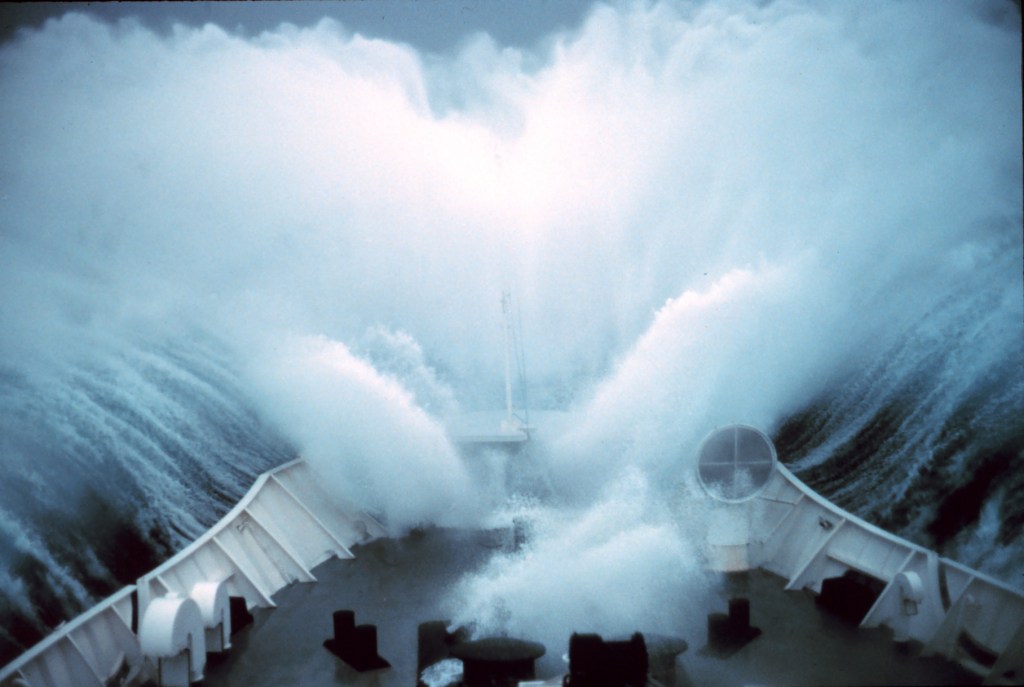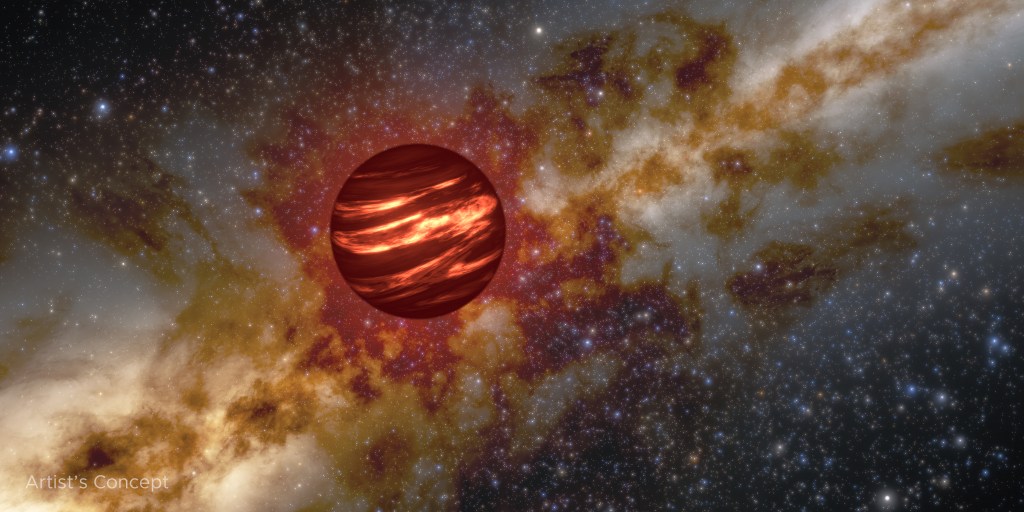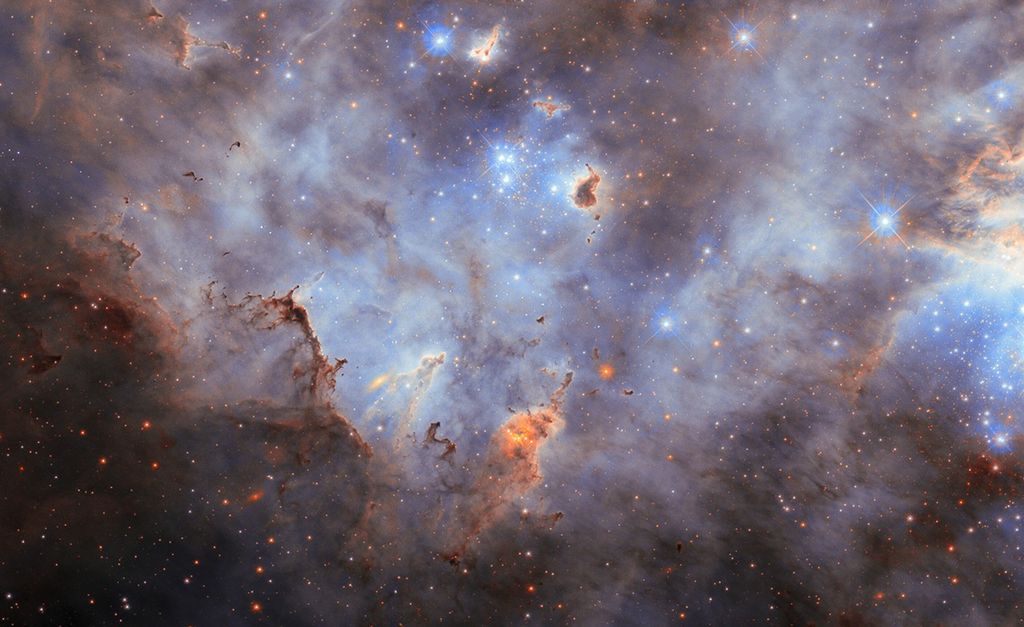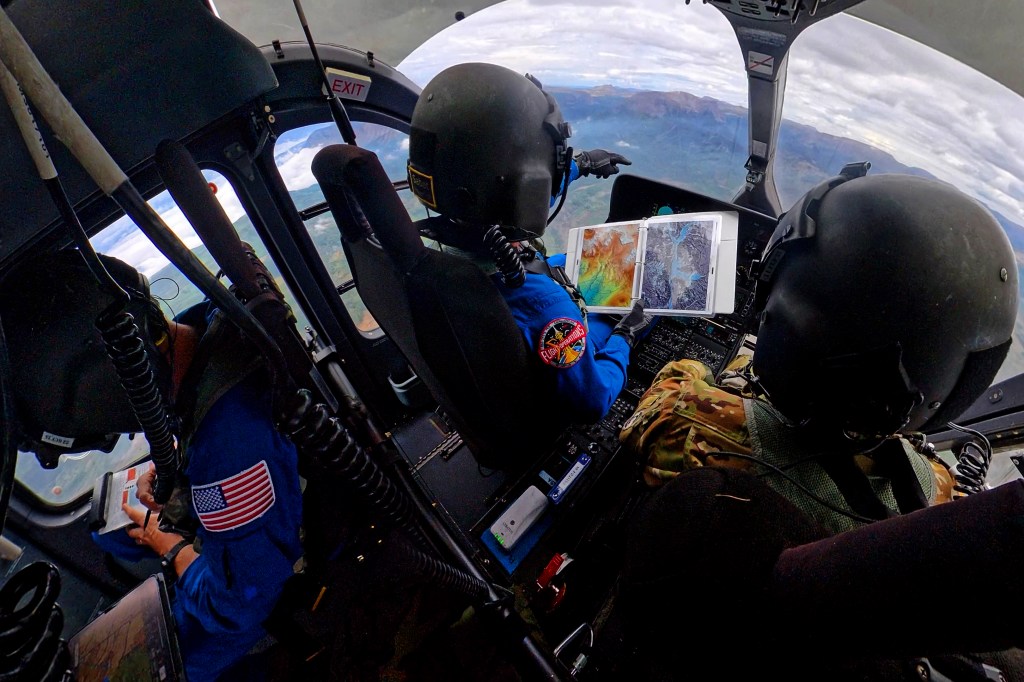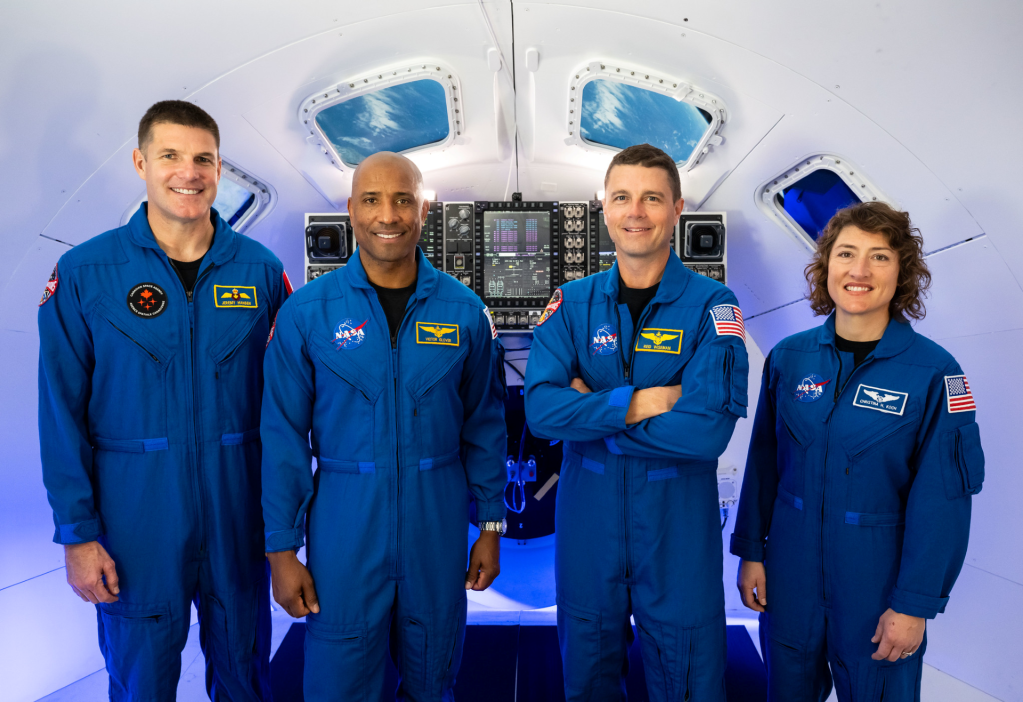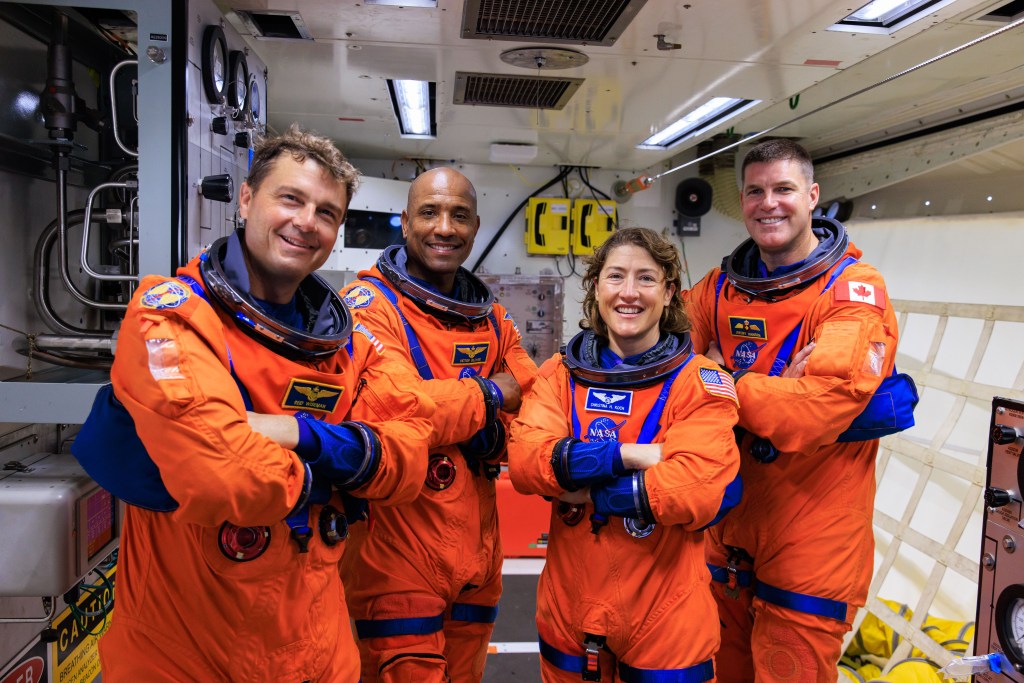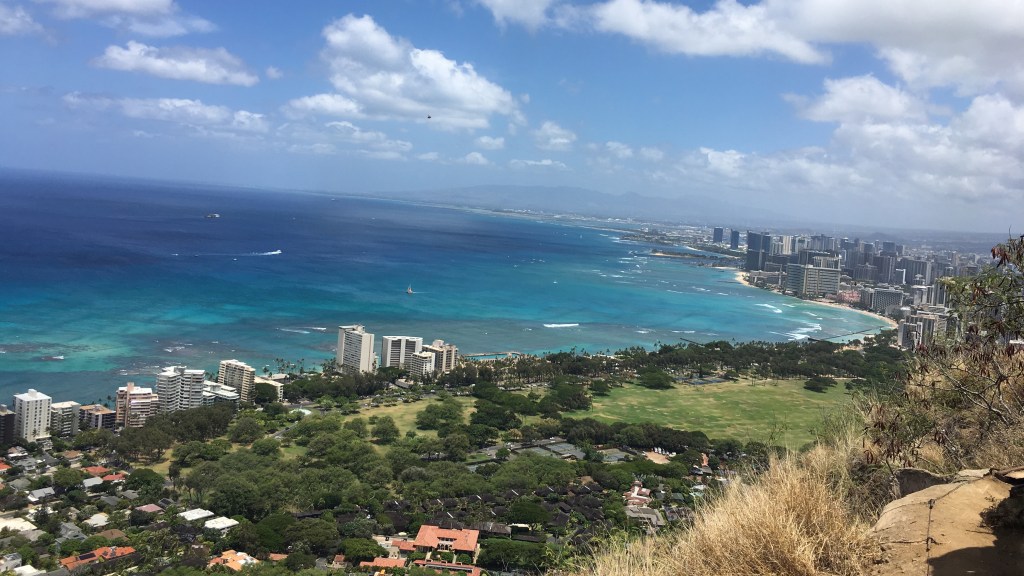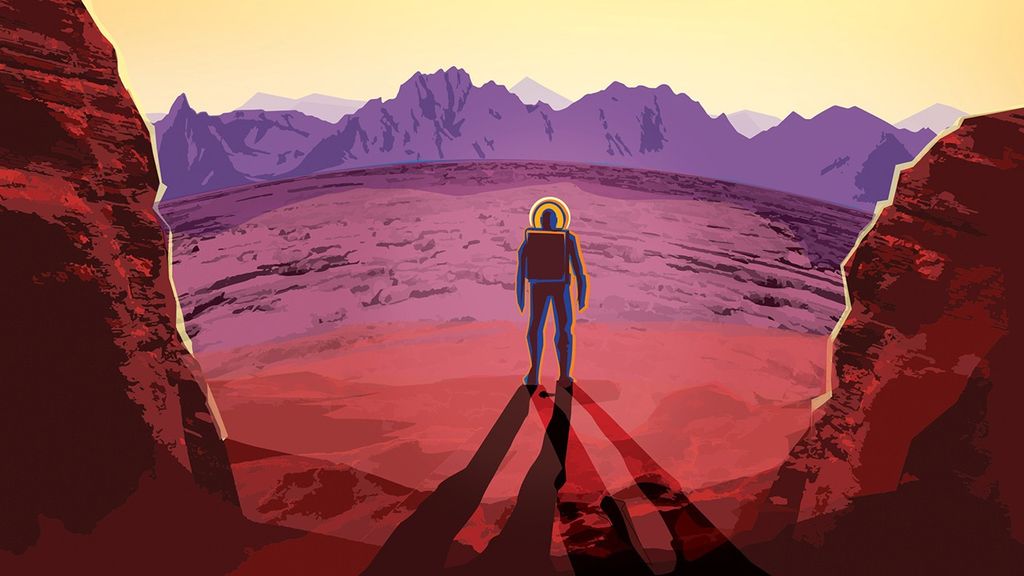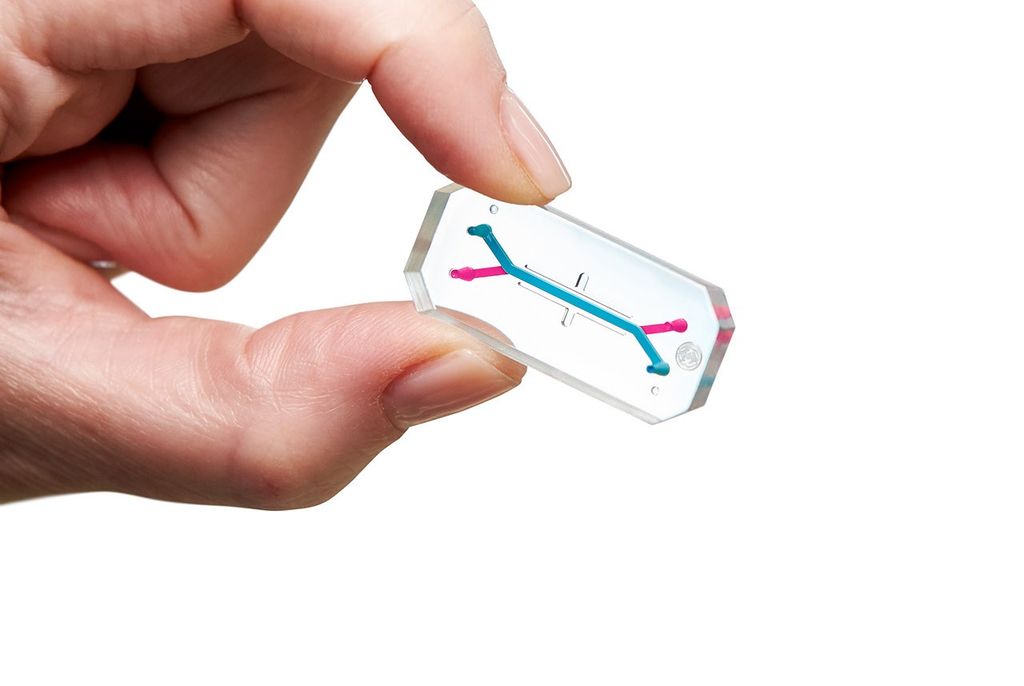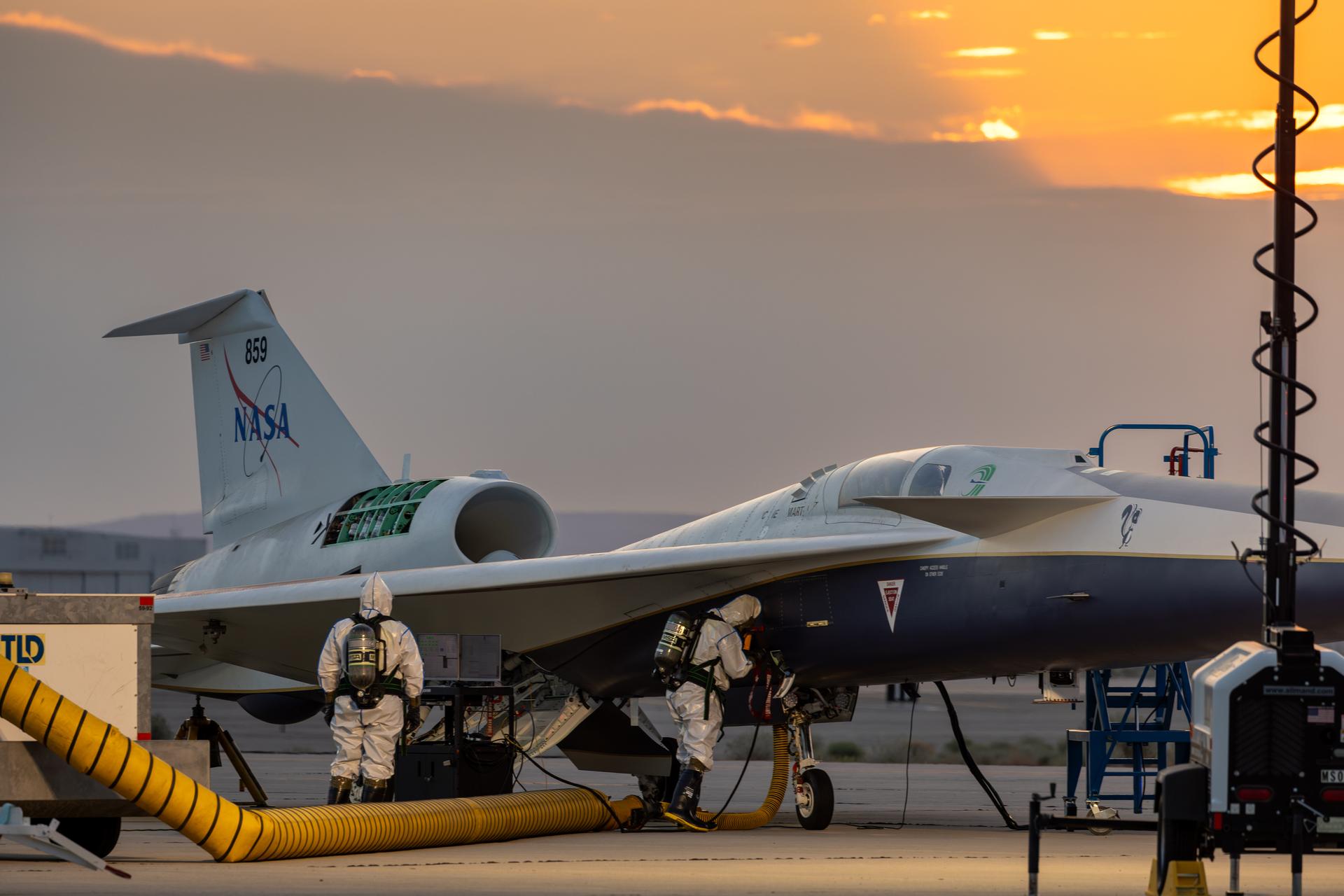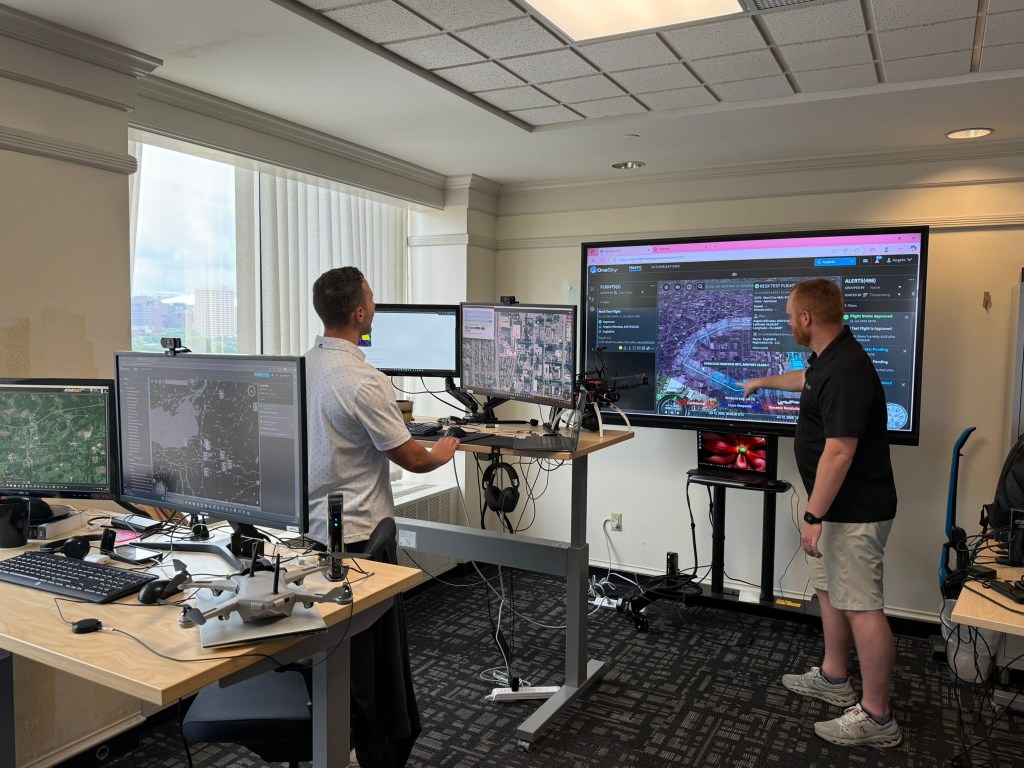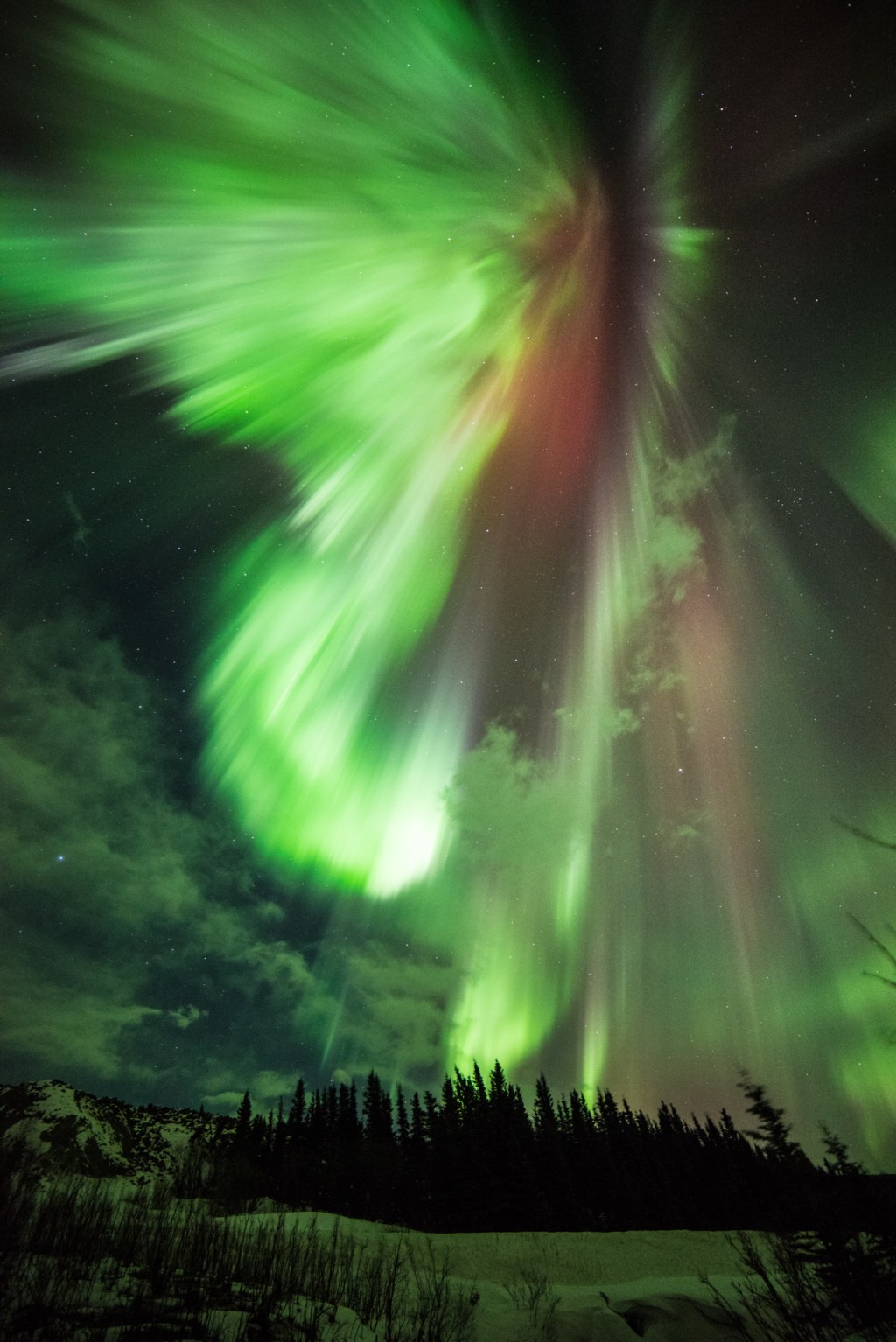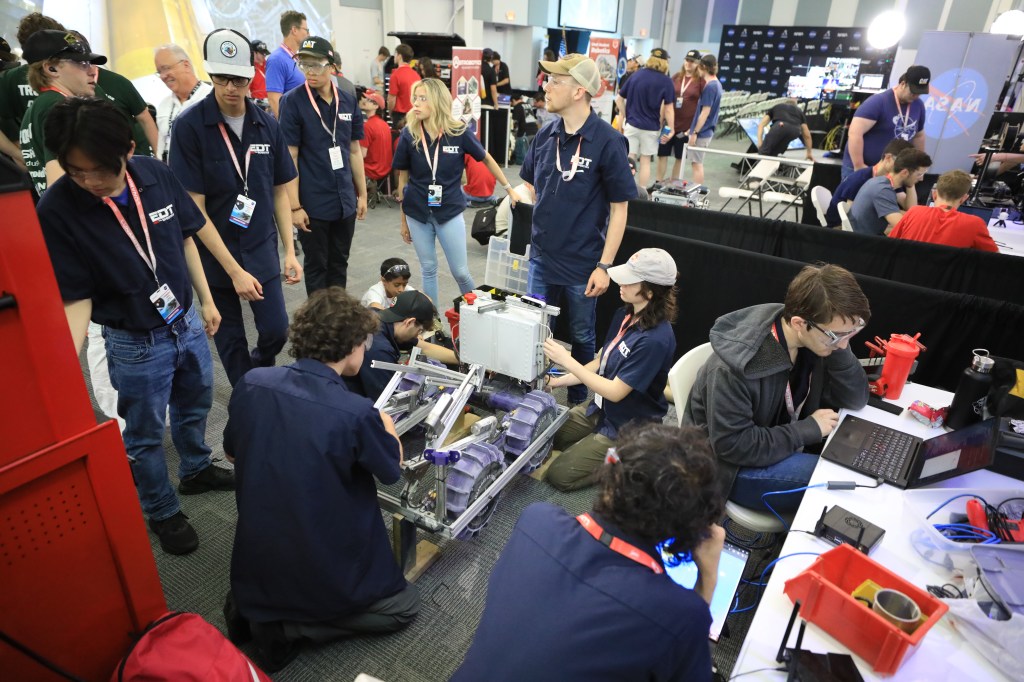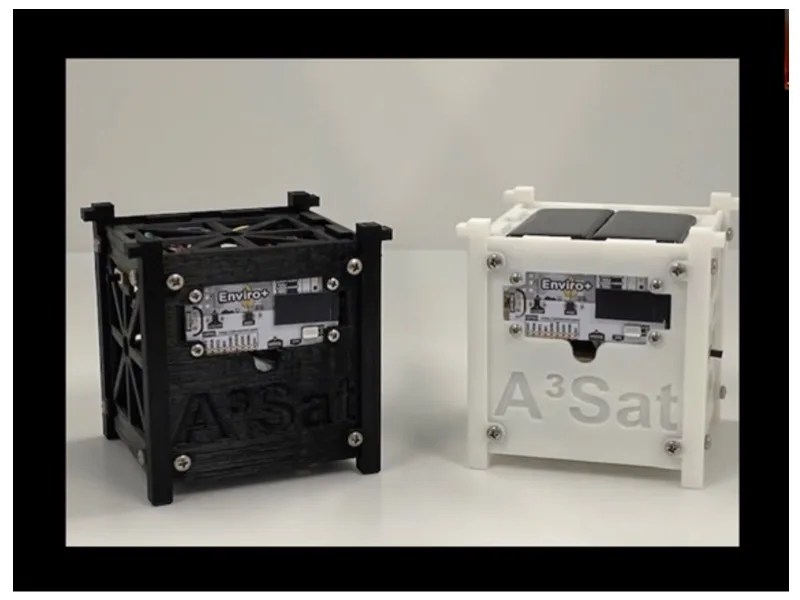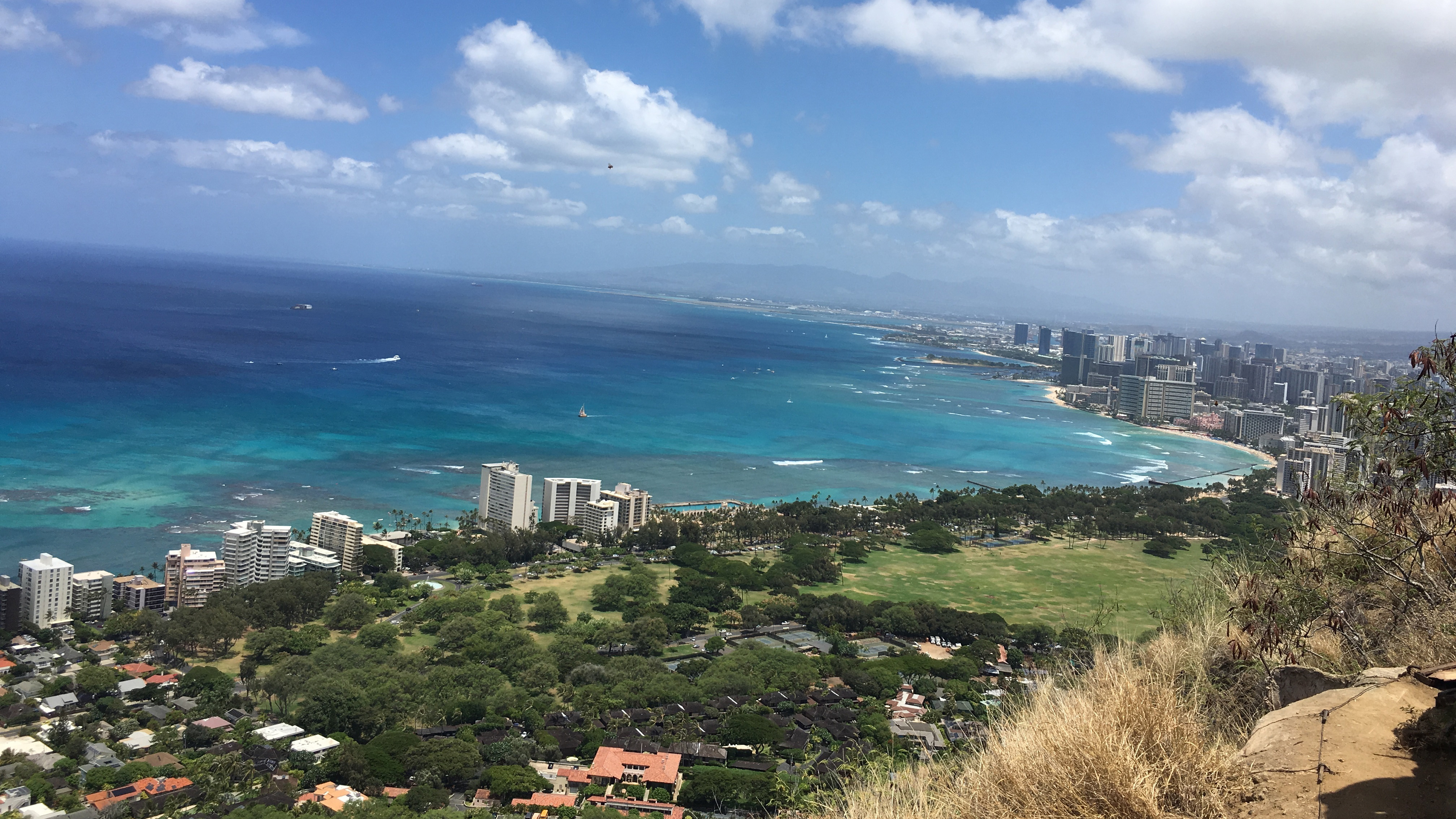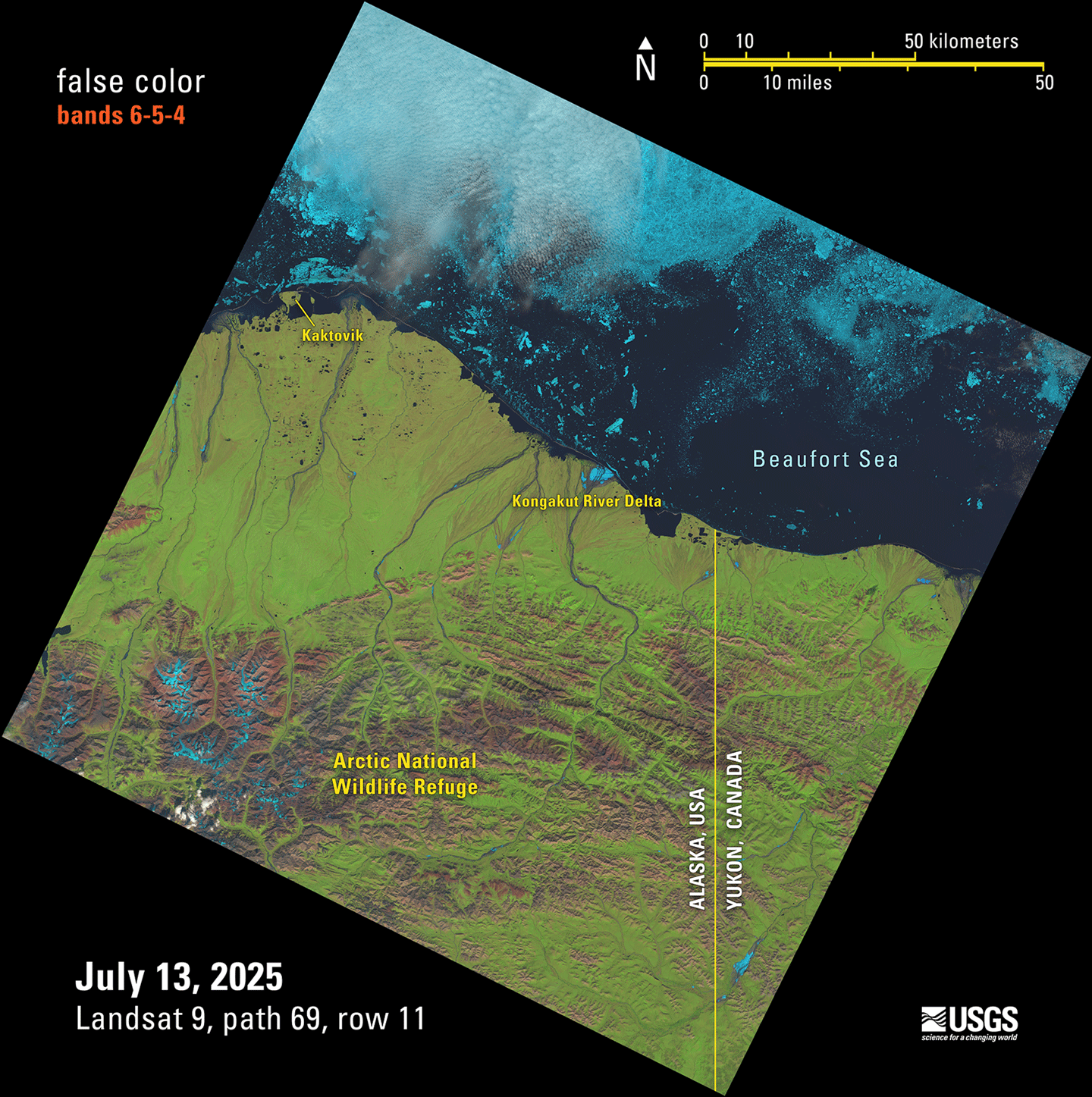GLOBE Mission Earth Presents at NSTA STEM Conference
On July 27, 2021 three GLOBE Mission Earth partners presented to 25 educators at the NSTA (National Science Teachers Association) STEM Conference describing engineering resources and opportunities. Caleb Farny, Boston University, led the first presentation, Building Sensors to Collect Environmental Data, along with Glenn Lipscomb and Kevin Czajkowski, University of Toledo. The second presentation, A3Sat: To Observe the Earth and Visualize the Future, featured the work of high school students Maxwell Friedman, Sriram Elango, and Jack Woods under the direction of John Moore, Institute for Earth Observations, Palmyra, NJ.
The first presentation featured work of college engineering students who designed and produced inexpensive sensors to collect environmental data. Boston University students developed two projects: weather station and wind turbine. University of Toledo students, as part of their senior design class, developed a temperature sensor, water quality sensor, and sun photometer. The engineering working group is looking for students to test out the written instructions. All manuals will be added to GME’s engineering page.
The second session highlighted the work of high school students led by John Moore. The capabilities of and contributions of low-cost satellites are expanding. The A3 (Acquire, Analyze and Apply) Sat mission is to design a relatively inexpensive CubeSat model, replicating the processes undertaken in the design and building a space-ready CubeSat. Maxwell Friedman from Burlington County Institute of Technology, Medford, NJ, described the engineering process of the 3D printed model and coding of the Raspberry Pi operating system of the CubeSats and flying them attached to a drone, tethered balloons, or kites (AEROKATS). The purpose of this was to simulate the “launch” experience. Sriram Elango from Cinnaminson High School: Cinnaminson, NJ, described developing the concept of creating a Ground Station. All data and imagery are captured on the Raspberry Pi to replicate the true nature of satellites. Sriram developed the software program to receive imagery and real time data from A3Sat while in flight. Jack Woods, a US Naval Academy (USNA) Summer Student Intern and the first to “field test” the A3Sat kit under the direction of Dr. Kang, is developing extensions to the project aligning the kit more closely to the work of the USNA students.
Caleb Farny and John Moore are looking for schools to build these instruments using the manuals they developed this next school year.
"I teach STEM, Earth Science, and Physical Science at a rural school in Missouri. This looks like an interesting program." -NSTA STEM participant referring to CubeSats
https://www.globe.gov/web/mission-earth/overview/engineering_connections

